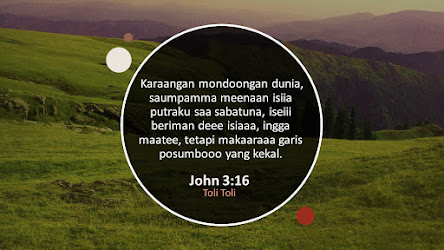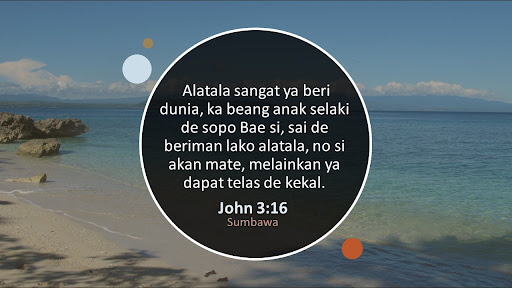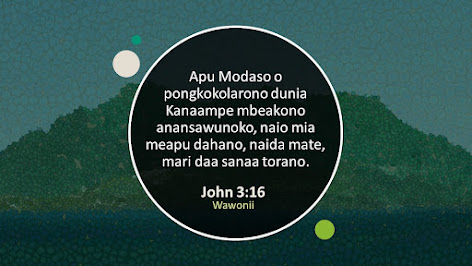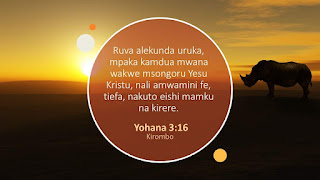John 3:16 in Toli Toli

Plain Text: John 3:16 in Toli Toli Karaangan mondoongan dunia, saumpamma meenaan isiia putraku saa sabatuna, iseiii beriman deee isiaaa, ingga maatee, tetapi makaaraaa garis posumbooo yang kekal. SEO: Totoli (also known as Tolitoli) is a Sulawesi language of the Austronesian language family spoken by 25,000 people of Central Sulawesi, Indonesia. ISO 639-3 txe Glottolog toto1304 ELP Totoli https://en.wikipedia.org/wiki/Totoli_language











